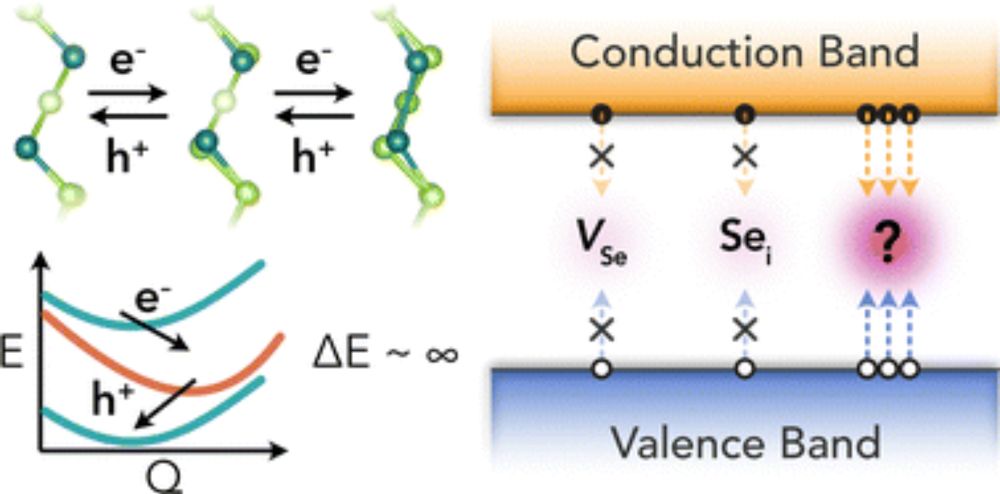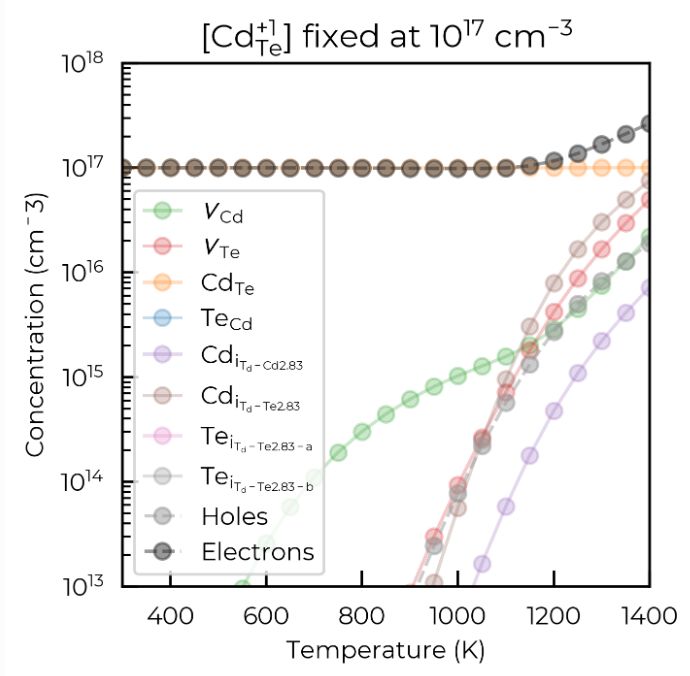Thanks to Marie-Liesse, Alex and Ben for coming to London and present their work.
#chemsky #compchem



Thanks to Marie-Liesse, Alex and Ben for coming to London and present their work.
#chemsky #compchem

In this perspective, we discuss these issues, how to avoid and how we can make defect simulations more reproducible – particularly important with more ML developments! 📊
chemrxiv.org/engage/chemr...

In this perspective, we discuss these issues, how to avoid and how we can make defect simulations more reproducible – particularly important with more ML developments! 📊
chemrxiv.org/engage/chemr...
Combined theory & expt analysis, we find an intrinsic tolerance to 𝘱𝘰𝘪𝘯𝘵 defects, with GBs/interfaces the limiting factor for PV 📈
pubs.rsc.org/en/Content/A...

Combined theory & expt analysis, we find an intrinsic tolerance to 𝘱𝘰𝘪𝘯𝘵 defects, with GBs/interfaces the limiting factor for PV 📈
pubs.rsc.org/en/Content/A...
But it's now never been easier to start charging about in chemical potential space to find out what your defects are doing!
Incl:
- Major efficiency updates
- Advanced defect/carrier thermodynamics w/custom constraints
- Auto shallow defect handling
- CC diagram generation
...🧵👇


But it's now never been easier to start charging about in chemical potential space to find out what your defects are doing!



